Claude Chabrol, 1930–2010
The director who mocked France’s bourgeoisie
Claude Chabrol’s 1958 film, Le Beau Serge, inaugurated the New Wave of French cinema. Chabrol not only broke from convention by depicting provincial youths rebelling against stifling middle-class mores, he proved it was possible to make high-quality, popular movies outside of France’s insular studio system by financing the film with a family inheritance.
Chabrol was a charter member of a group of famous movie obsessives, including François Truffaut, Jean-Luc Godard, and Eric Rohmer, who wrote for the movie magazine Cahiers du Cinéma, said the London Daily Telegraph. Along with Rohmer, Chabrol “published a pioneering study that for the first time analyzed Alfred Hitchcock’s work in the context of his Catholic upbringing.” In Hitchcock’s world, they wrote, “salvation can only be obtained through the interplay of Fate (but isn’t it rather Providence?) and Free Will.” Like Hitchcock, Chabrol was a master of suspense, and his Le Boucher (The Butcher), a study of a woman’s fixation on a man who may be a serial killer, is widely considered one of the high points of 20th-century French filmmaking.
The son of a Parisian pharmacist, Chabrol was born into the same bourgeois milieu that he delighted in skewering. In films such as Les Biches (The Bad Girls) and Violette Nozière, he lifted “the facade of respectability to reveal the hypocrisy, violence, and loathing simmering just below the surface,” said the Associated Press. His narratives employed a classic style that won him directorial assignments from mainstream studios. Turning out more than one film a year, he produced more than 60 films and a handful of television productions in his lengthy career.
The Week
Escape your echo chamber. Get the facts behind the news, plus analysis from multiple perspectives.

Sign up for The Week's Free Newsletters
From our morning news briefing to a weekly Good News Newsletter, get the best of The Week delivered directly to your inbox.
From our morning news briefing to a weekly Good News Newsletter, get the best of The Week delivered directly to your inbox.
A bon vivant, Chabrol “admitted choosing locations for his films partly for the quality of the local restaurants,” said the London Independent. And as much as he loved to mock the French bourgeoisie, he could also laugh at himself. Acknowledging that not all of his films lived up to the standards of his best work, he once told an interviewer, “Sometimes you are the pigeon; sometimes you are the statue.”
A free daily email with the biggest news stories of the day – and the best features from TheWeek.com
-
 How to financially prepare for divorce
How to financially prepare for divorceThe Explainer Facing ‘irreconcilable differences’ does not have to be financially devastating
-
 Why it’s important to shop around for a mortgage and what to look for
Why it’s important to shop around for a mortgage and what to look forThe Explainer You can save big by comparing different mortgage offers
-
 4 ways to save on rising health care costs
4 ways to save on rising health care costsThe Explainer Health care expenses are part of an overall increase in the cost of living for Americans
-
 Joanna Trollope: novelist who had a No. 1 bestseller with The Rector’s Wife
Joanna Trollope: novelist who had a No. 1 bestseller with The Rector’s WifeIn the Spotlight Trollope found fame with intelligent novels about the dramas and dilemmas of modern women
-
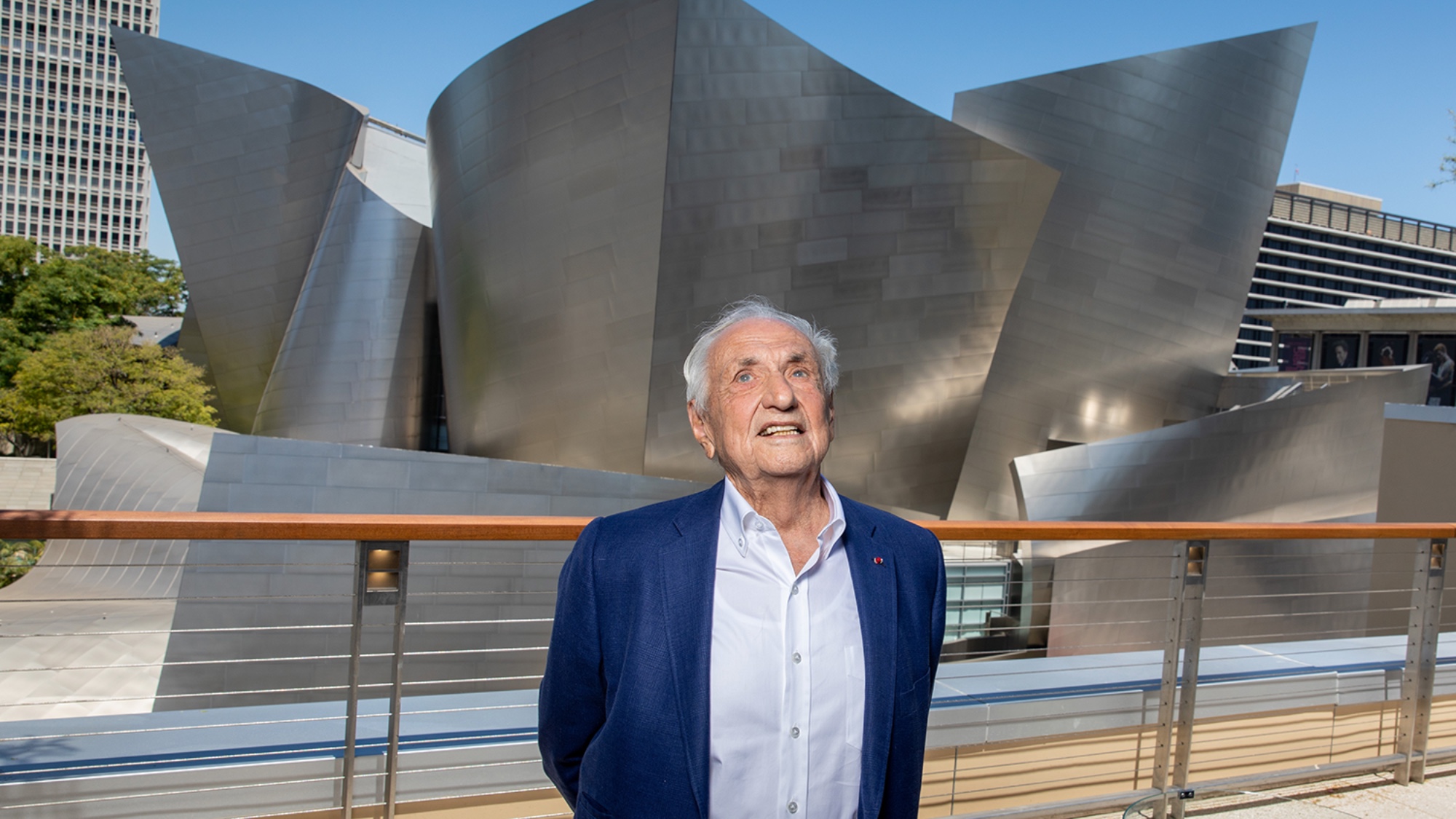 Frank Gehry: the architect who made buildings flow like water
Frank Gehry: the architect who made buildings flow like waterFeature The revered building master died at the age of 96
-
 R&B singer D’Angelo
R&B singer D’AngeloFeature A reclusive visionary who transformed the genre
-
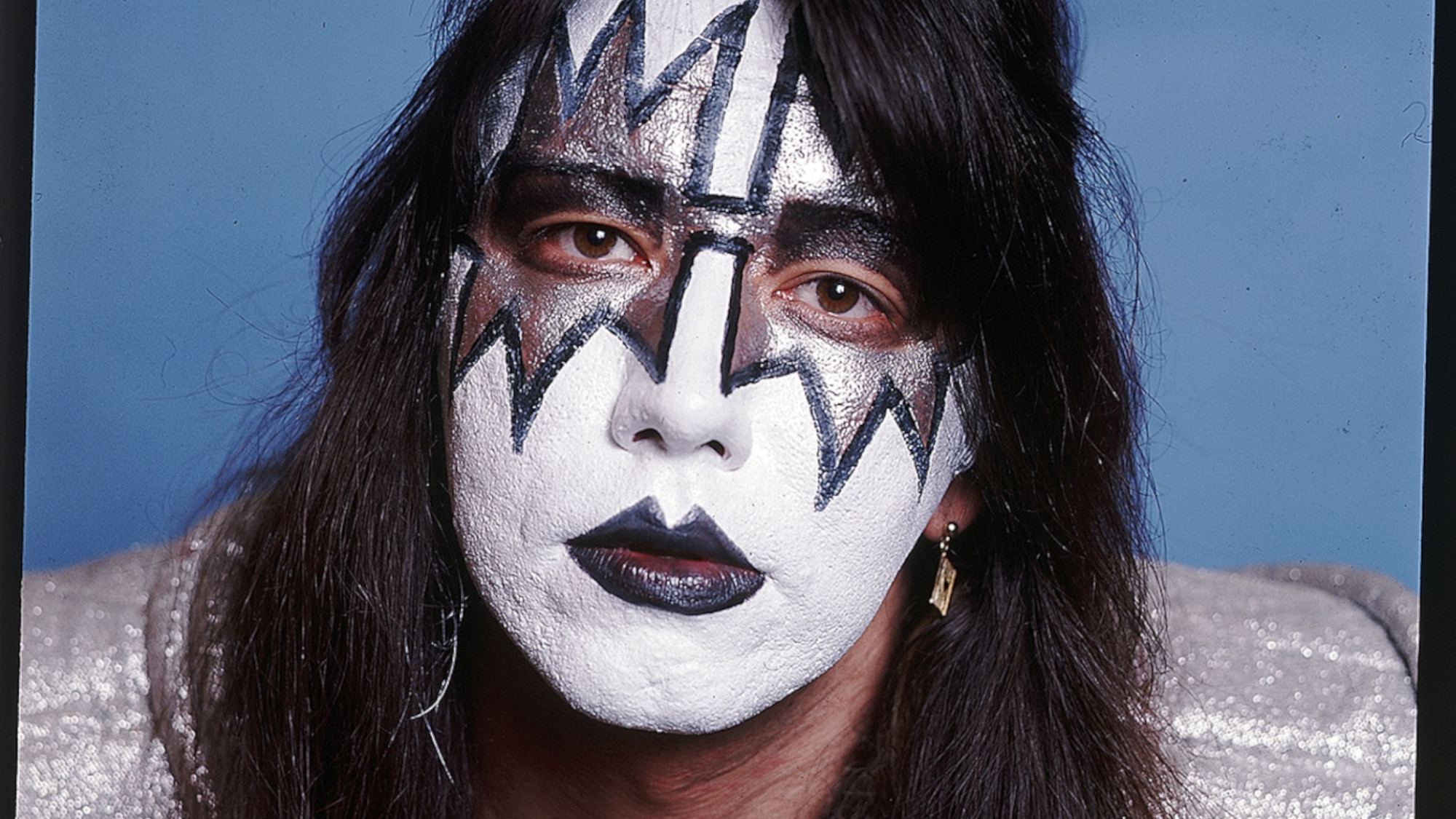 Kiss guitarist Ace Frehley
Kiss guitarist Ace FrehleyFeature The rocker who shot fireworks from his guitar
-
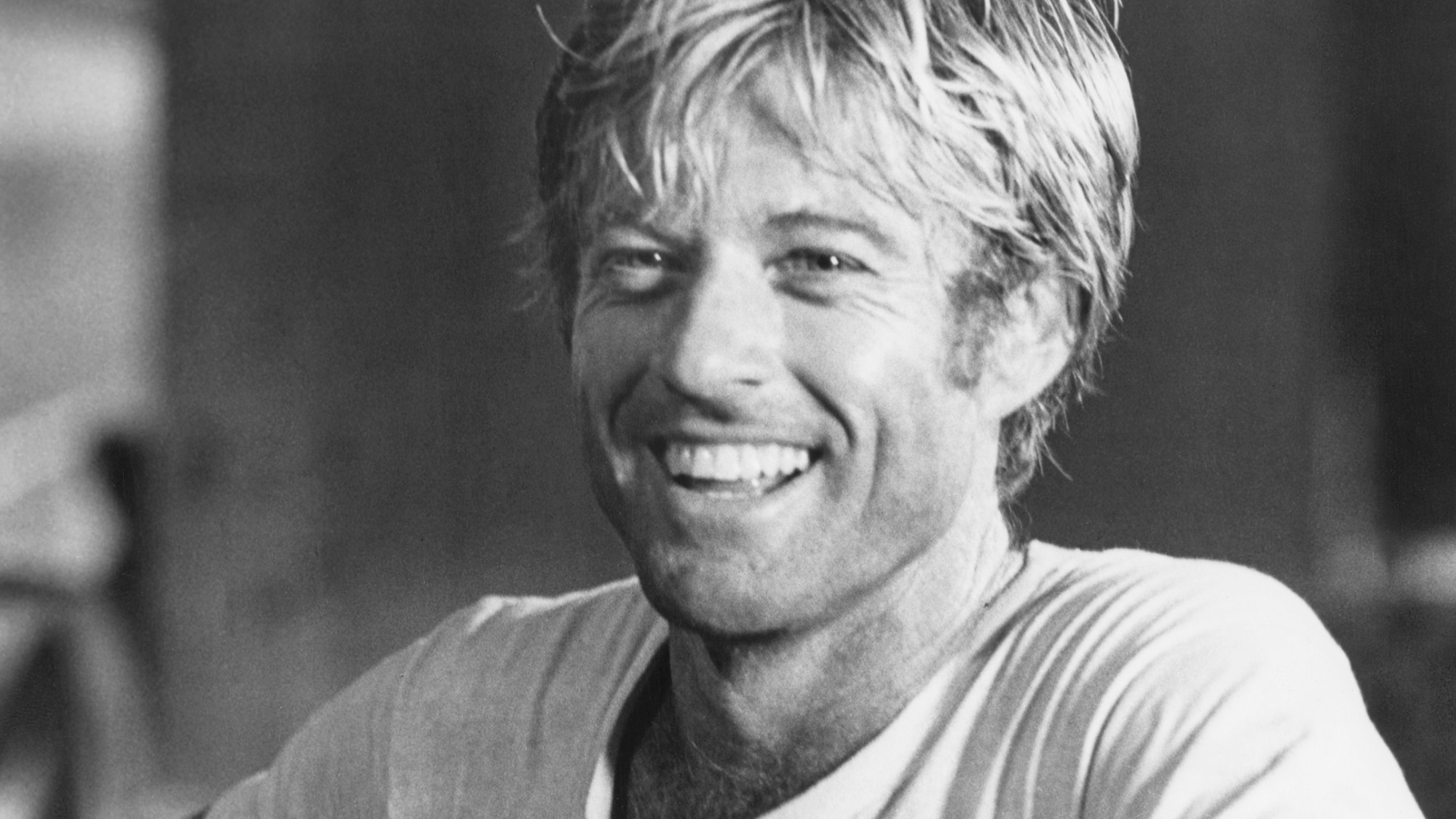 Robert Redford: the Hollywood icon who founded the Sundance Film Festival
Robert Redford: the Hollywood icon who founded the Sundance Film FestivalFeature Redford’s most lasting influence may have been as the man who ‘invigorated American independent cinema’ through Sundance
-
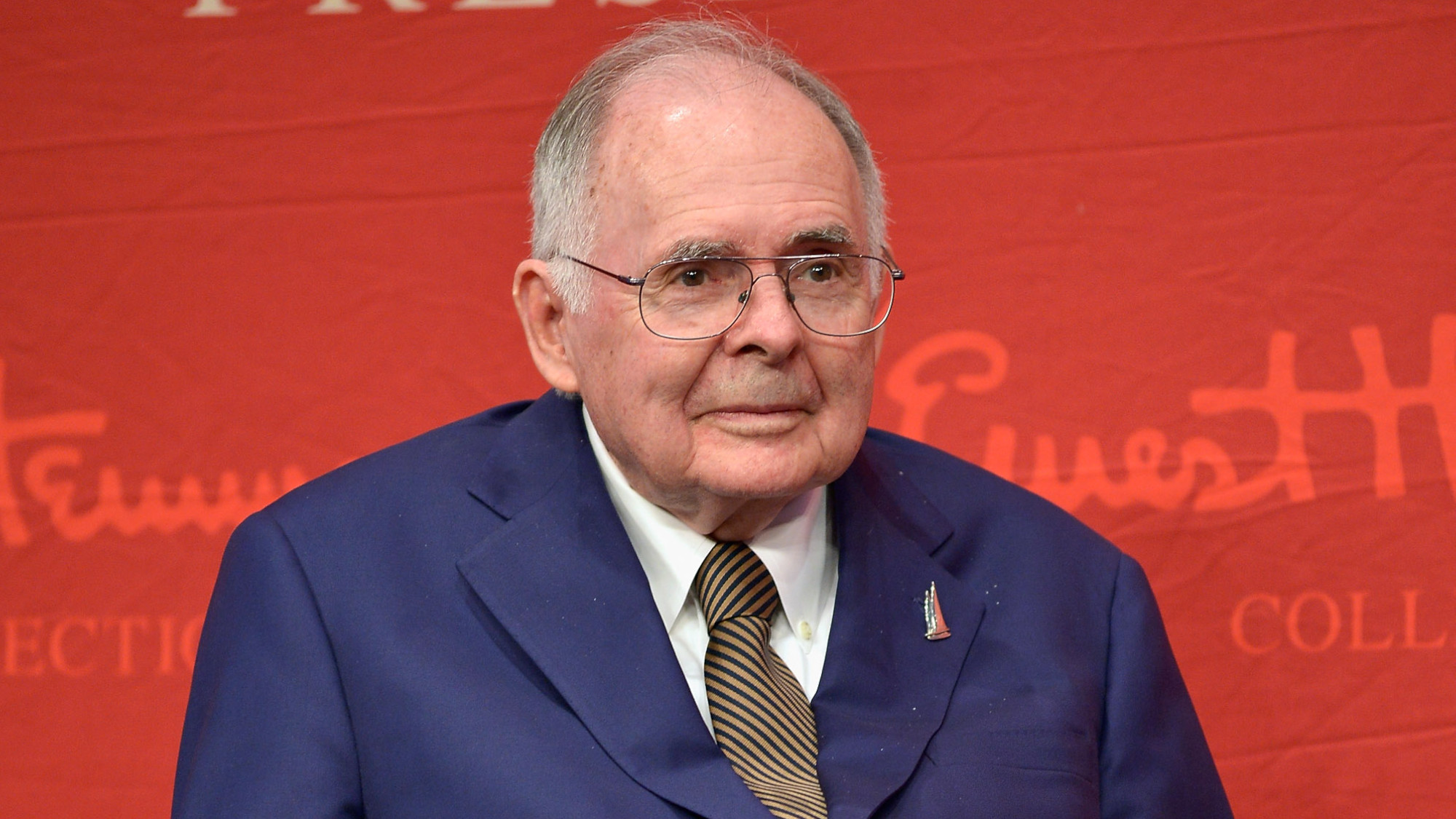 Patrick Hemingway: The Hemingway son who tended to his father’s legacy
Patrick Hemingway: The Hemingway son who tended to his father’s legacyFeature He was comfortable in the shadow of his famous father, Ernest Hemingway
-
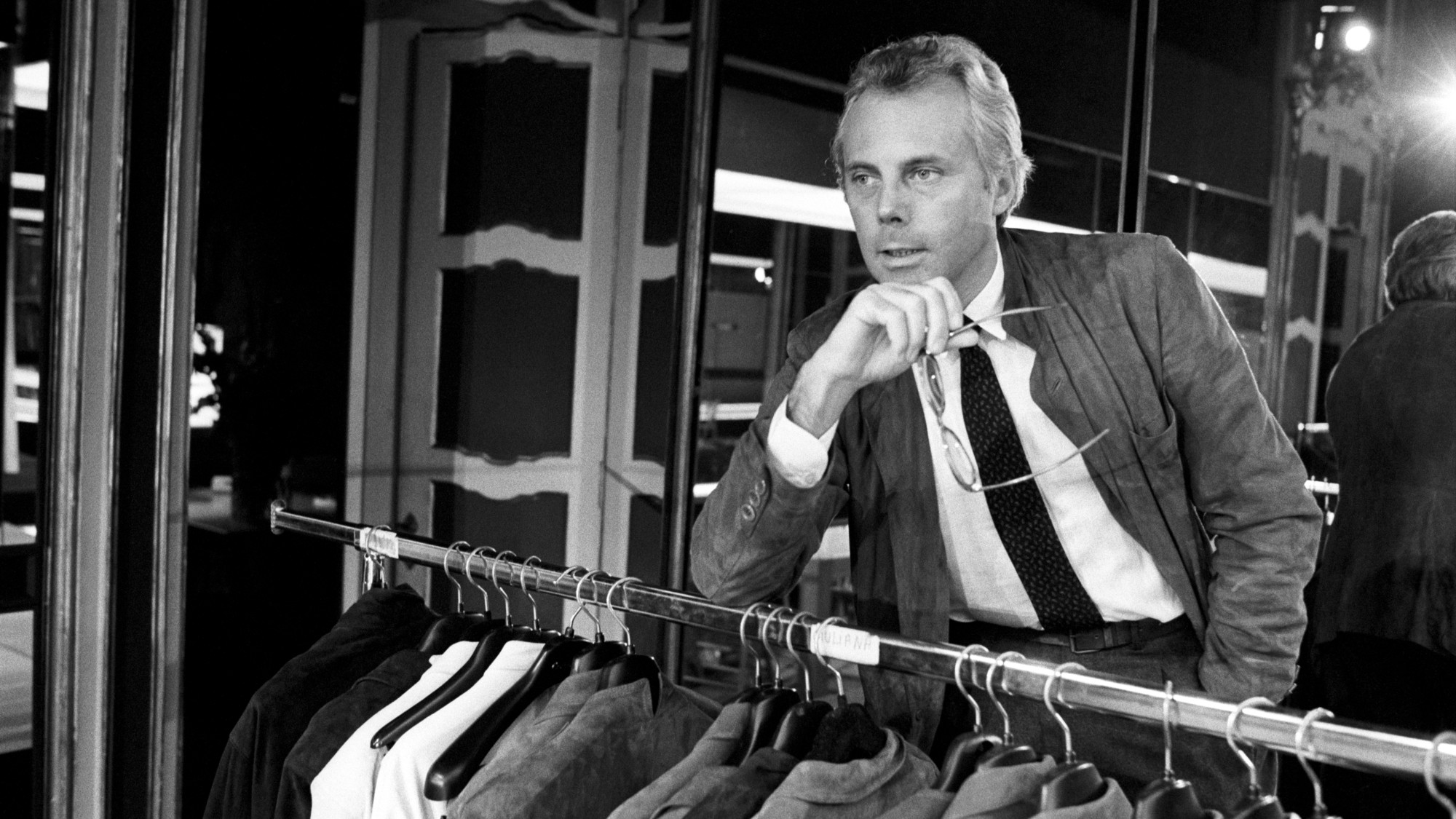 Giorgio Armani obituary: designer revolutionised the business of fashion
Giorgio Armani obituary: designer revolutionised the business of fashionIn the Spotlight ‘King Giorgio’ came from humble beginnings to become a titan of the fashion industry and redefine 20th-century clothing
-
 Ozzy Osbourne obituary: heavy metal wildman and lovable reality TV dad
Ozzy Osbourne obituary: heavy metal wildman and lovable reality TV dadIn the Spotlight For Osbourne, metal was 'not the music of hell but rather the music of Earth, not a fantasy but a survival guide'